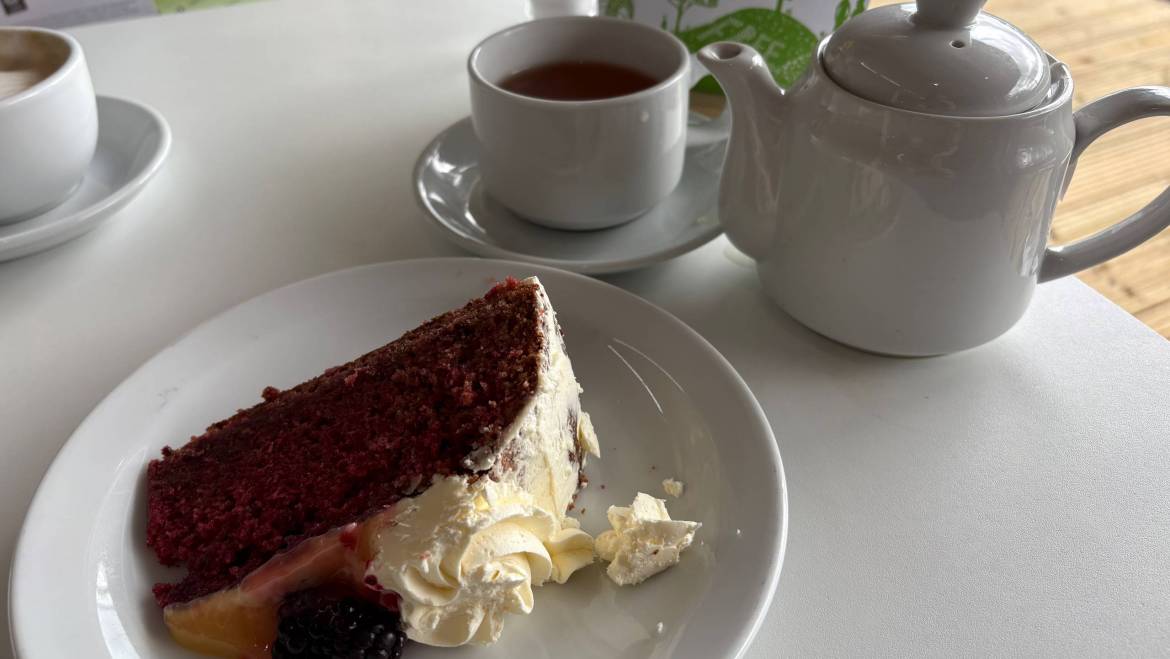Think about your brand
I always suggest thinking about your brand first. This sometimes scares people, and they think of Mad Men and advertising types. They say they don’t have a brand “We are just a restaurant, serving homemade food.”
But you need to think about developing a brand, because every restaurant has one. It doesn’t have to be fancy and complicated. That response statement just now says what you are not. You are not a fast-food joint. We associate fast food with quick service and cheap prices. Another way is to imagine your business if you had to describe it to someone. Why would people come to you and not go to the many other options?
Is it McDonald’s or a Michelin Star? It’s probably in between. What is special about it. What are your USPs? How do you want the food to look on the plate? Are you going to have simple white crockery or something different? Are you going to go big on wine or beer? And desserts, are they a focus or not?
Why is a brand so important?
It’s your unique identity and personality that differentiates itself from competitors and creates a memorable experience. Strong branding helps a restaurant stand out in a very crowded (and struggling) market. Even if you think it’s not important, writing it all down will help you with your menu. Because we must focus on your strengths (USPs) and convey them to your customers. It tells customers who you are and what you do.
Organising the menu
The food
Get together all your dishes and start to think about sections. If you are designing a conventional menu, you will probably want main dishes, starters, sides and desserts. If you want a tapas style, you may want to arrange the tapas into groups: maybe all the meat ones together or arrange them by price points.
Think about menu design
The design: font type (serif or sans serif?), colour and size, will all be dictated by your branding. You will have brand colours and a logo or two. Then you need to decide what sort of menu: card, paper, laminated – all have their advantages and negatives and single A4, A5, three-fold etc. Or a placemat type menu that is disposed of every time. Will desserts be on a separate menu, along with drinks? Are you going to be seasonal and is that part of your USP? What about special diets. Are you going to have a separate menu, or have symbols on each dish? Photographs. Do you like them or are they icky? Done well, they can be fantastic. Not so well, they look cheap.
Keeping down the waste
Waste is unused food that you are not able to sell; food or ingredients you must throw away. It could be from incorrect orders – customer asked for no custard and received custard – or an oversupply of a fresh product. Waste should be cut to a minimum. If you have a highly perishable fresh item, it’s best to use it in at least three dishes. Even if it’s not expensive, its good practice to have as few fresh single dish ingredients as possible. Bear this in mind when devising your menu.
The copywriter and designer role
This is where I come in. But as you can see, the more I know about the food and the restaurant and its workings and vibe, the better I can be at my job. The designer and I work together, and when we are happy, we show it to the client.
Expect to make changes
Even the best laid plans go awry, and you really need to see your restaurant in action to decide what to change or tweak on the menu. Your menu must cope with busy and quiet periods equally well. Is the menu hindering or helping? I would plan to change your menu a month after you launch it. For example, things don’t sell as well as you expected, so there is waste. A menu item takes too long to prep, so needs to go.
There’s a lot to think about
Whatever you do, don’t make your menu just a list of ingredients. It’s a powerful marketing tool, and you should use it wisely.
If you need help with your menu, do give me a call to have a chat.
ps I’ve set up and run three catering businesses in the past. So, I know your pain. (and occasional pleasure)
